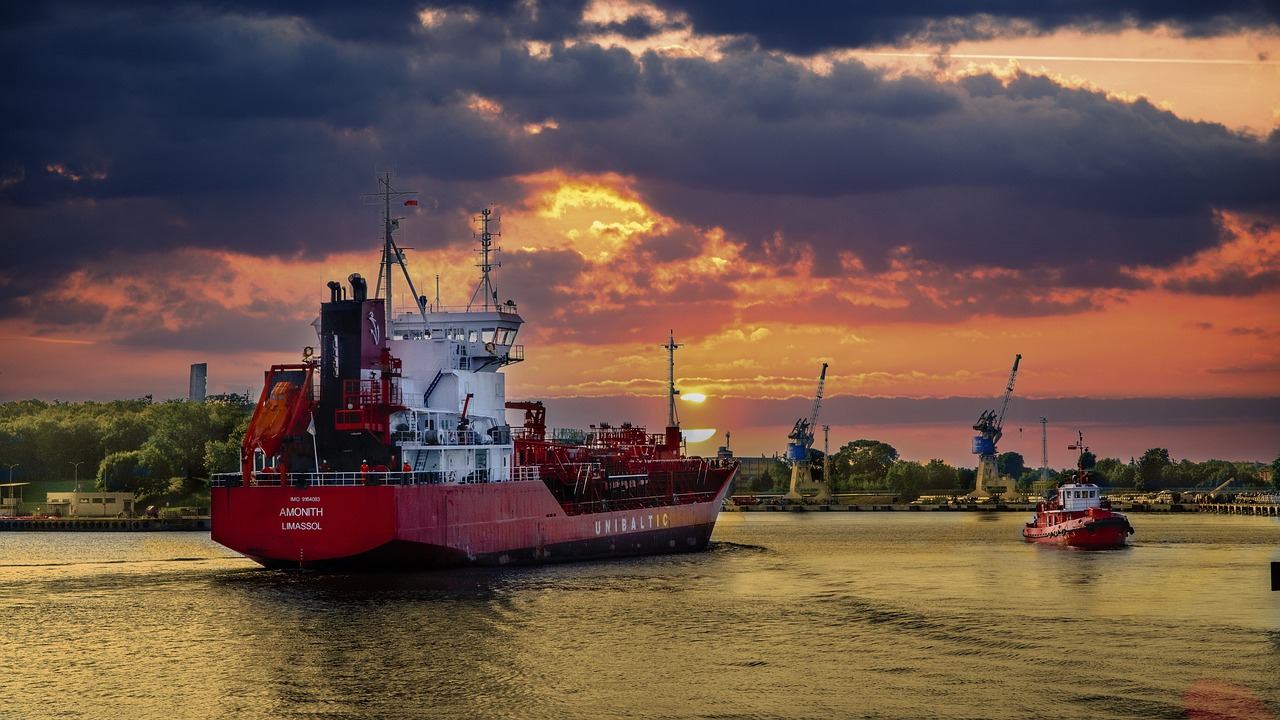Acre is experiencing one of the most promising moments in its economic history. With a strategic geographic position — bordering Peru and Bolivia — and a series of investments in infrastructure and regional integration, the state is consolidating its role as Brazil’s new logistics route to the Pacific Ocean, shortening distances and expanding trade opportunities.
In Assis Brasil, a municipality at the far end of BR-317, known as the Pacific Highway, the state government is closely monitoring major infrastructure projects that reinforce Acre’s role as a link between the Amazon and the Asian market. The corridor represents a real alternative for Brazilian exports, reducing the distance to Pacific ports and cutting both time and logistics costs.
Key works underway include the Brasileia Ring Road, the Variante road, and the Sibéria Bridge in Xapuri — interventions that strengthen regional infrastructure and prepare the Alto Acre region for a new cycle of development. The impact of this integration is already visible.
Over the past six years (2019–2024), Acre has doubled its export volume, surpassing R$1.8 billion, according to data from the Ministry of Industry, Trade, and Services (MDIC). The standout is the animal protein sector, led by Dom Porquito, an agribusiness based in Brasileia that has become a national benchmark in pork and poultry production. The company already exports to Peru, Bolivia, Vietnam, Hong Kong, the Dominican Republic, Mozambique, and Haiti, positioning Acre as a global food supplier.
In addition to meat, Acre’s export portfolio includes timber, soy, and forest-based inputs. The government is working to incorporate new production chains, especially those linked to sustainable agribusiness, generating jobs, income, and opportunities for thousands of residents.
According to Planning Secretary Ricardo Brandão, the state’s strategy goes beyond the transportation of goods.
“Export routes begin in Assis Brasil, where all the customs infrastructure is already in place, but they depend on the engagement of mayors, business owners, and the population of neighboring municipalities — Brasileia, Epitaciolândia, Xapuri, and Capixaba. The development of a region is a collective construction,” he said.
The secretary emphasized that the focus is on turning economic growth into a better quality of life for residents through job creation and stronger municipalities in Alto Acre.
In Assis Brasil, Mayor Jerry Correia says the municipality is entering a new phase.
“Assis Brasil is the starting point of this major corridor connecting Acre to the Pacific. We are already seeing an increase in truck traffic, growing interest from new companies, and stronger local commerce. Our challenge is to turn this strategic position into development for our people,” he said.
In Epitaciolândia, Mayor Sérgio Lopes disputes the notion that exporting through the Pacific Highway is expensive.
“We’re less than 2,000 kilometers from Pacific ports, while ports in the South and Southeast are 4,000 to 5,000 kilometers away. On top of that, maritime transport time can be reduced by up to 15 days to destinations such as China, the United States, and Europe. It’s a shorter, cheaper, and more efficient route,” he said.
For Carlinhos do Pelado, the mayor of Brasileia, Acre, tangible progress is being made, even if gradually.
“We are already a route for exports to the Pacific and to Peru. With the new Port of Chancay in Peru, our role will likely grow even further.
We need to turn this reality into concrete results for the state,” he said.
The Port of Chancay, located 80 km from Lima, has received US$1.3 billion in investment and is considered the most modern in South America. It will allow Acre to ship Brazilian products directly to the Asian market, reducing logistics costs and boosting regional competitiveness.
Alongside exports, Acre is also preparing to import Peruvian products, including fruits and vegetables, cement, and minerals. The two-way trade should reduce the cost of food and inputs, stimulate local commerce, and strengthen the regional economy.
Looking ahead, the state government is working on projects such as the Quadrante Rondon railway, which will connect Acre to other regions of the country and to Pacific ports, helping consolidate a multimodal logistics network — by road and rail — capable of integrating the Amazon into the global market.
The combination of infrastructure, regional integration, and productive capacity positions Acre as an Amazonian hub for both exports and imports. From Assis Brasil to the world, the state is projecting a new era of opportunity, proving that sustainable development and economic growth can indeed move forward together along Brazil’s Pacific coast.
Source: Acre Agora





